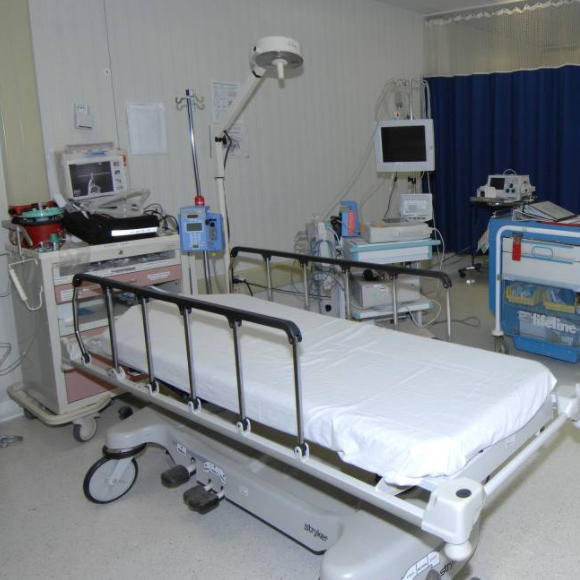Jonathan drew my attention to this paper on antibiotic susceptibility of 153 bacterial isolates collected from a hospital in Ethiopia. I thought the numerous grammatical errors in the paper would parallel with the quality of the study, but I was pleasantly disproved.
In the abstract they state, “86.9% [of the 153 isolates] were resistant to 1 or more antimicrobials and 73.8 were multidrug resistant”; yet, in the results they state, “133 [isolates] (86.9%) were resistant to 1 or more antibiotics and 113 [isolates] (73.8%) were resistant to 2 or more antimicrobials.” Is it just me, or did they mix something up? Either way, these results are startling, yet not surprising. We are talking about a hospital after all. I’m not sure how hospitals run in Ethiopia, but hospitals here use 100% outdoor air, meaning air isn’t recirculated in the hospital. Hospitals here also have incredible filters in their HVAC systems where hardly any microbes can get through. This means the microbes found in this study are coming from the building occupants who happen to be staff exposed to antimicrobial sterilization solutions and patients being treated with antibiotics EVERY day. Of course microbes isolated from this environment would have high resistance to antimicrobials!
One thing that I really did enjoy from the paper is that the researchers organized resistance in the isolates by gram-negative and gram-positive bacteria. Different classes of antibiotics work better on one than the other, and the researchers were thorough in classifying not only the microbes, but also the antibiotic resistance they screened for.
Here is the abstract for the paper:
Nosocomial infection (NI) is an infection acquired whilst staying, visiting or working in a hospital or healthcare facility. It is also defined as an infection acquired in hospital by a patient who was admitted for a reason other than that infection or an infection occurring in a patient in a hospital or other health care facility in whom the infection was not present or incubating at the time of admission. One of the risk factors for such infection is bacterial contamination of hospital wards indoor air by bacteria. In view of that, the microbiological quality of air can be considered as a mirror of the hygienic condition for hospital wards. A cross sectional study was conducted from May to August 2011 in central triage, emergency, surgical outpatient, medical outpatient, gynecology and obstetrics, pediatrics, surgical inpatient and medical outpatient wards of Hawassa Teaching Referral Hospital to assess antibiotic susceptibility of the indoor airborne bacteria in selected hospital wards. Air samples of the selected wards were collected using Settle Plate Method in the morning and in the afternoons and cultured aerobically. Of the 128 indoor air samples collected from the hospital rooms, in which 153 isolates were isolated. High level of antimicrobial resistance was observed among the isolates obtained in this study; 86.9% were resistant to 1 or more antimicrobials and 73.8 were multidrug resistant. Resistance was especially high against amoxicillin (64.9%) and penicillin (58.4%). Hospital management was advised to reduce foot trafficking and to periodically assess the quality of indoor air to identify and minimize/eliminate sources of microbial contamination.
